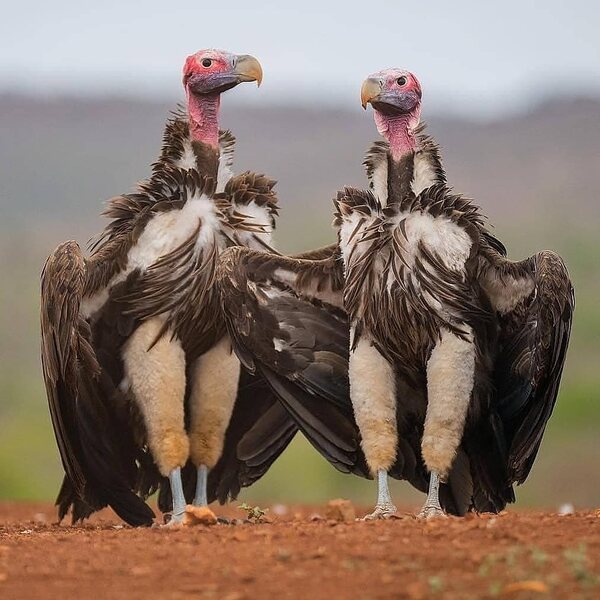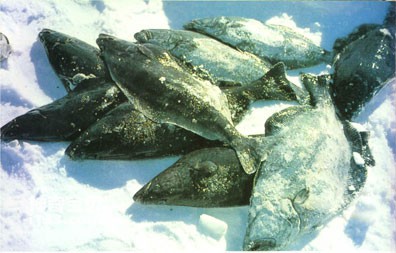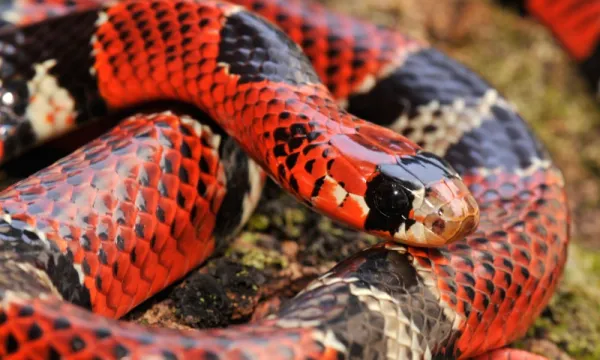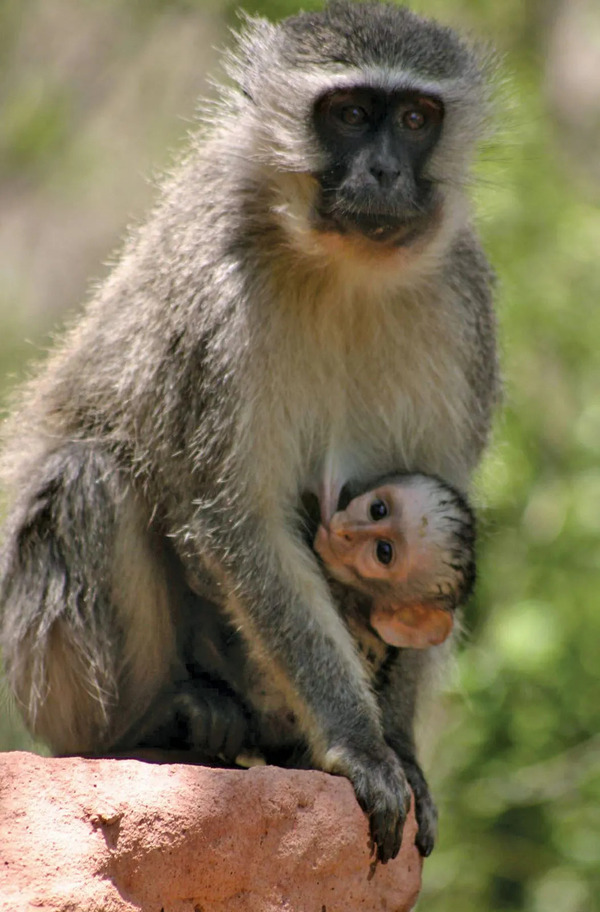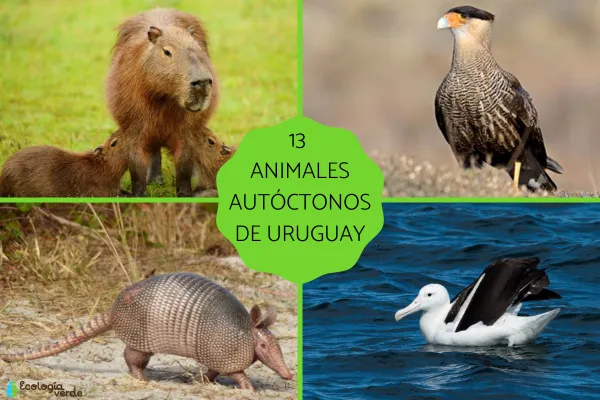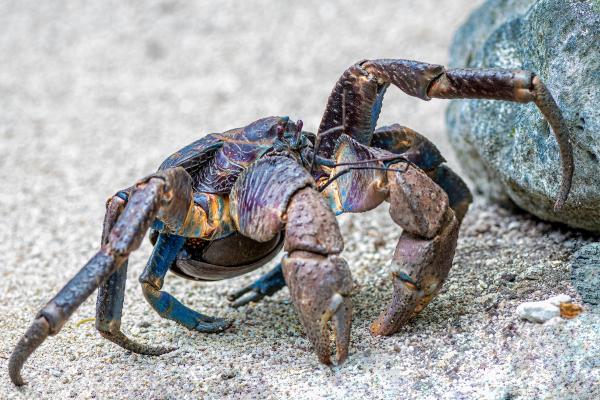Algae are an important component of aquatic ecosystems and their role in nature cannot be ignored. However, many people have doubts about the classification of algae: are they animals? Or a plant? This article will take a closer look at the classification of algae and their unique position in the biological world.
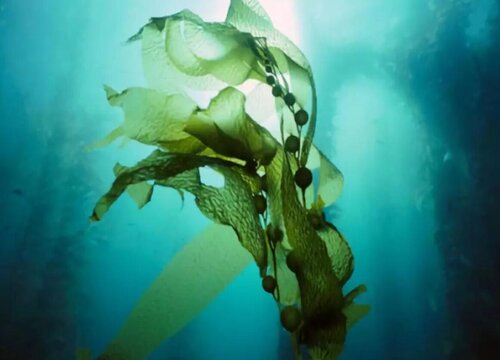
1. Definition of Algae
Algae are a diverse group of photosynthetic organisms that are widely distributed in various water bodies, including the ocean. , lakes and rivers. They can convert light energy into chemical energy through photosynthesis, providing important primary productivity for the ecosystem. Algae include various forms of organisms from single-celled microalgae to large seaweeds.
2. Classification of algae
The classification of algae is not as clear as that of animals and plants. They are divided into several main categories, including green algae , red algae, brown algae and cyanobacteria (blue-green algae). Each algae is different in its biological characteristics and ecological role:
Green algae (Chlorophyta): Green algae contain many characteristics similar to land plants, such as containing chlorophyll a and b and being able to photosynthesize. They usually grow in freshwater environments, but some also grow in the ocean. Found in the ocean.
Red algae (Rhodophyta): Red algae mainly live in the ocean and are characterized by their bright red color. The red color comes from the algae Chlorophyll is a pigment that participates in photosynthesis together with chlorophyll.
Brown algae (Phaeophyta): Brown algae are mainly found in the ocean, especially in cold waters. They contain brown pigments that give them brown or dark green color. , such as giant kelp and Ulva.
Cyanobacteria: Although cyanobacteria have "algae" in their name, they are actually bacteria They can photosynthesize and have important ecological roles in nature, such as nitrogen fixation.
3. Is algae an animal or a plant?
Algae are neither animals nor plants in the traditional sense. They are classified as a unique photosynthetic organism that has some characteristics of plants, but they are not classified as plants in the biological classification. Belongs to the plant kingdom. Algae's ability to photosynthesize allows them to use solar energy to synthesize nutrients, but they lack the complex structures of plants, such as roots, stems and leaves.
Similarities with plants: Both algae and plants can photosynthesize, using light energy to synthesize organic matter. Many algae and plants also have many physiological similarities, such as containing similar photosynthetic pigments. and cell walls.
Differences from animals: Algae do not feed phagocytically like animals, but rely on photosynthesis for energy. They They also lack the sensory and motor systems that animals have.
4. Ecological role of algae
Although algae are not animals or traditional plants, they play a vital role in ecosystems. As producers, they form the basis of many aquatic food chains, provide a source of food, and produce oxygen through photosynthesis to maintain the ecological balance of water bodies.
5. Research and Application of Algae
Algae are also of great value in scientific research and application. They are used in environmental monitoring, drug development, food supplements and biofuel production. The diversity and adaptability of algae make them an important object for studying ecology and biotechnology.
As a unique photosynthetic organism, algae are neither completely plants nor animals in biological classification. They have the ability to photosynthesize, but lack the complex structure of plants. Algae play an important role in ecosystems, provide basic productivity and oxygen for the environment, and show great potential in scientific research and application. Understanding the uniqueness and ecological role of algae is of great significance for maintaining ecological balance and developing biotechnology.

